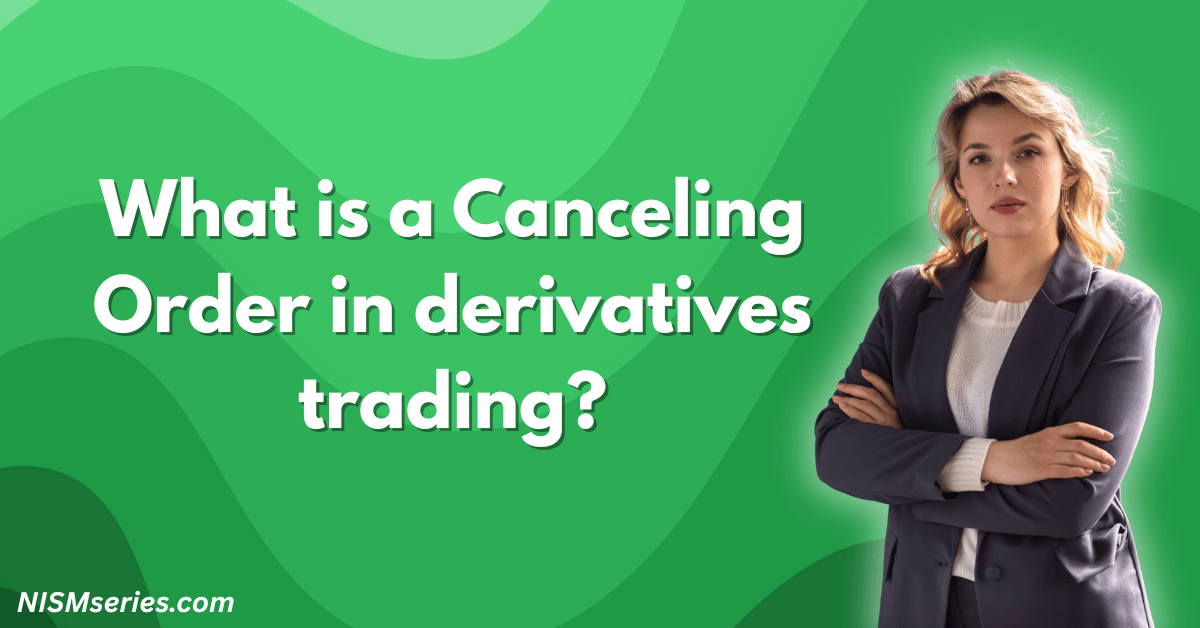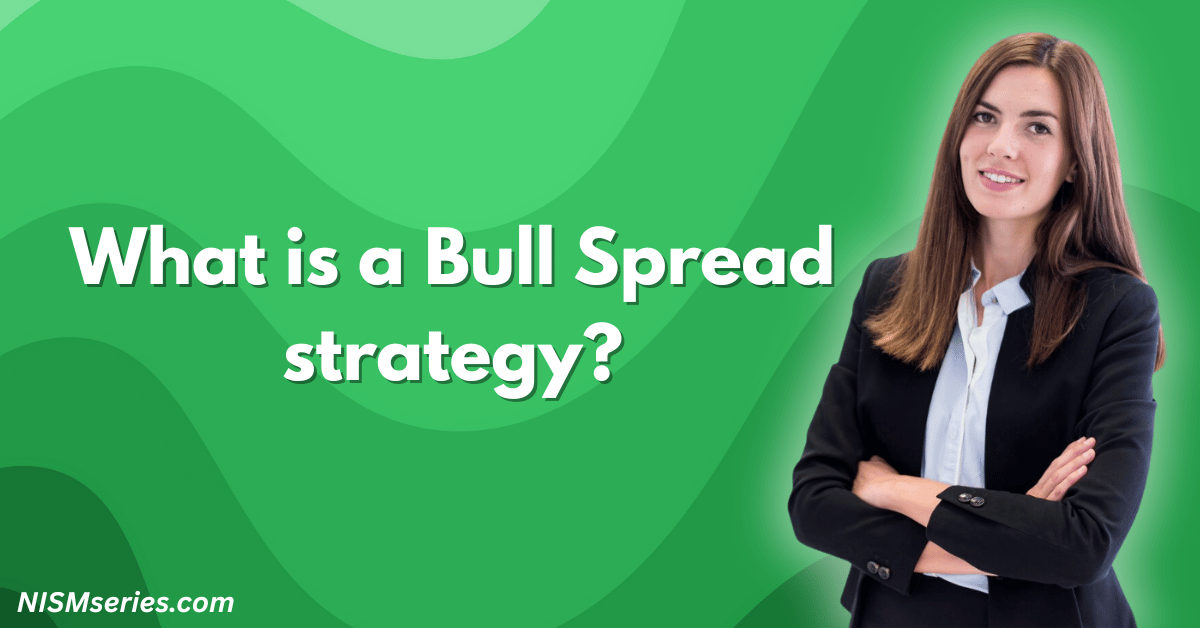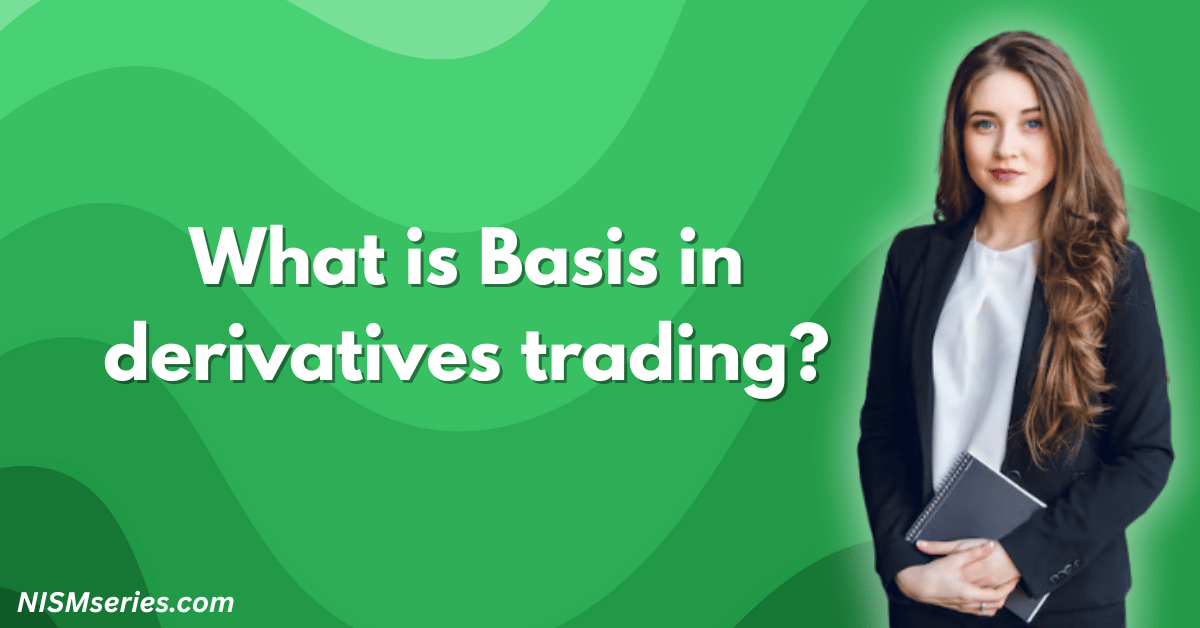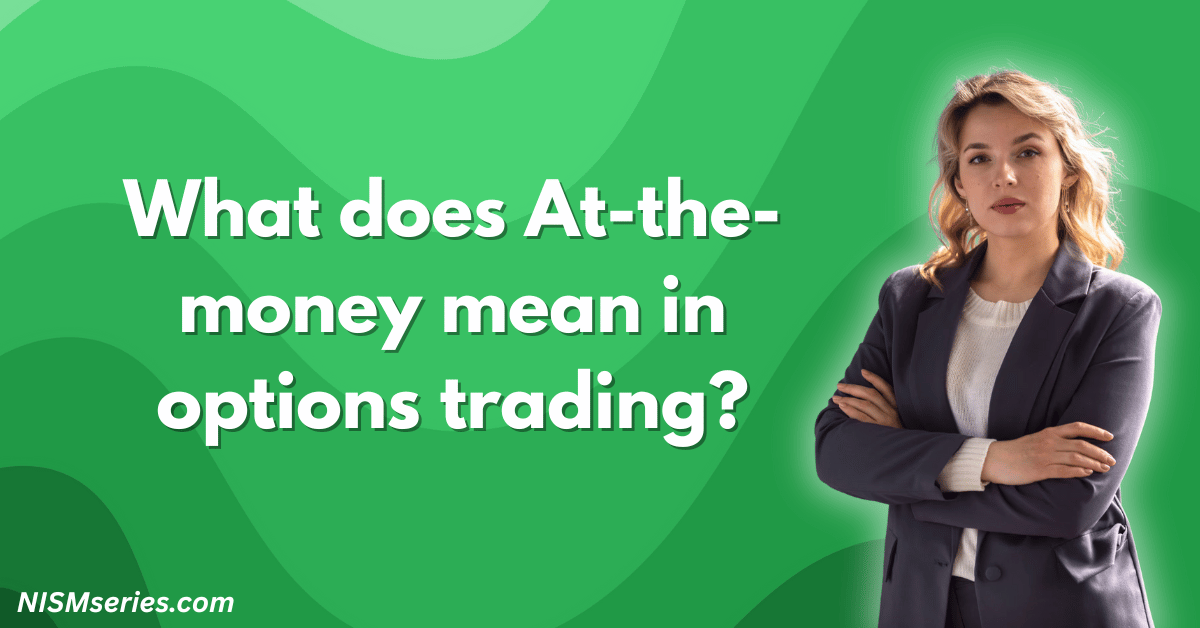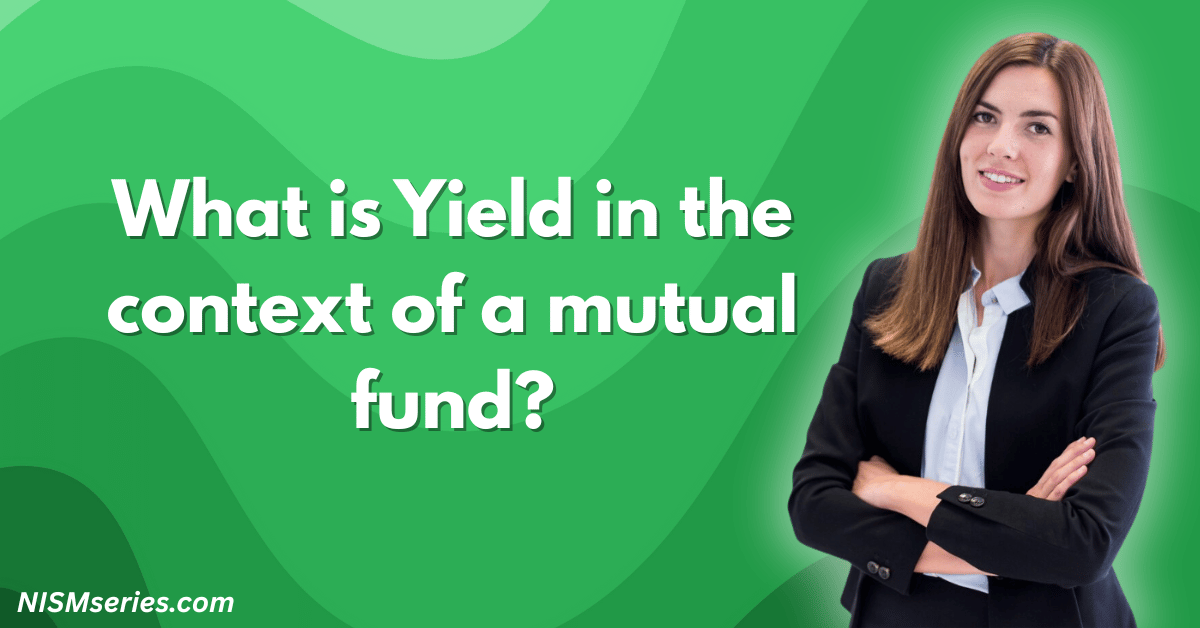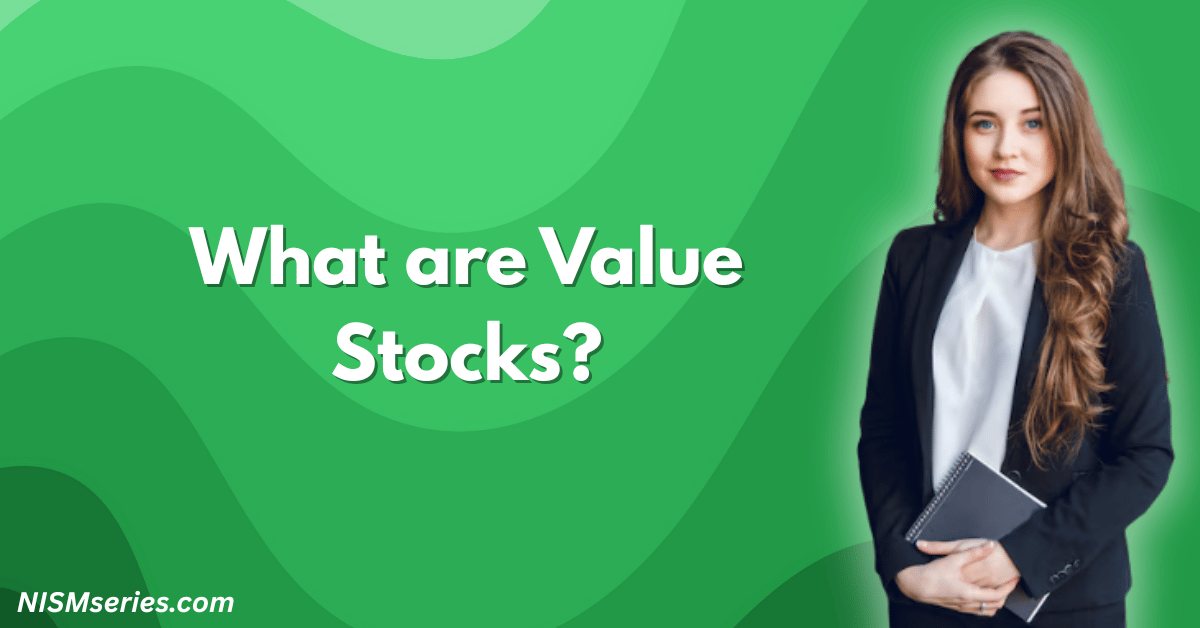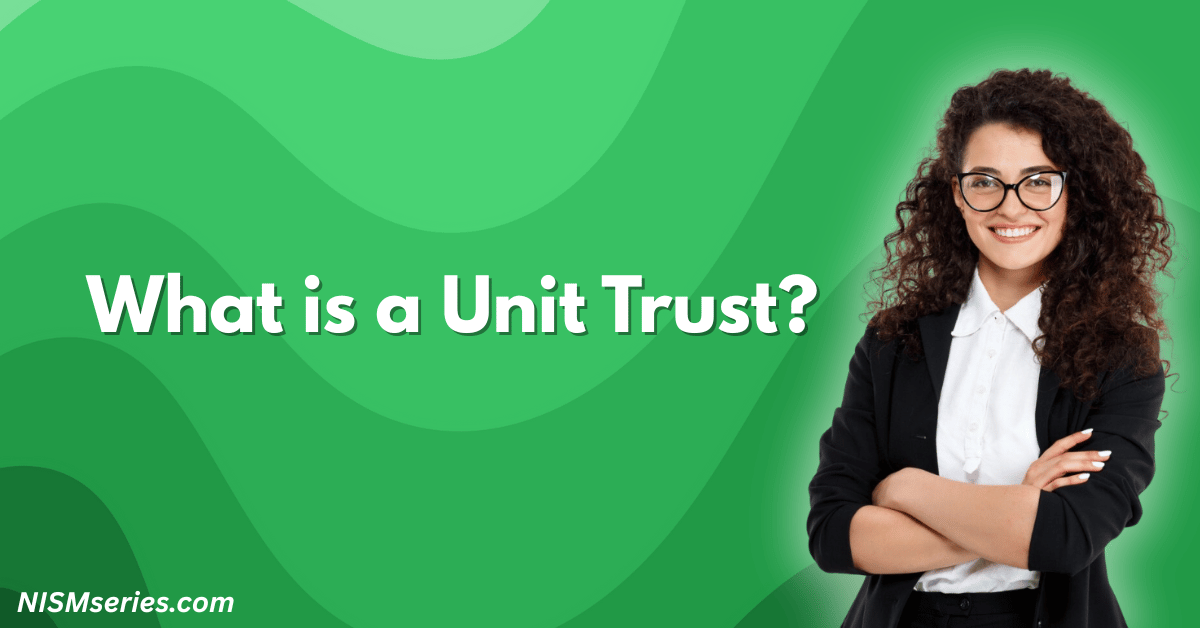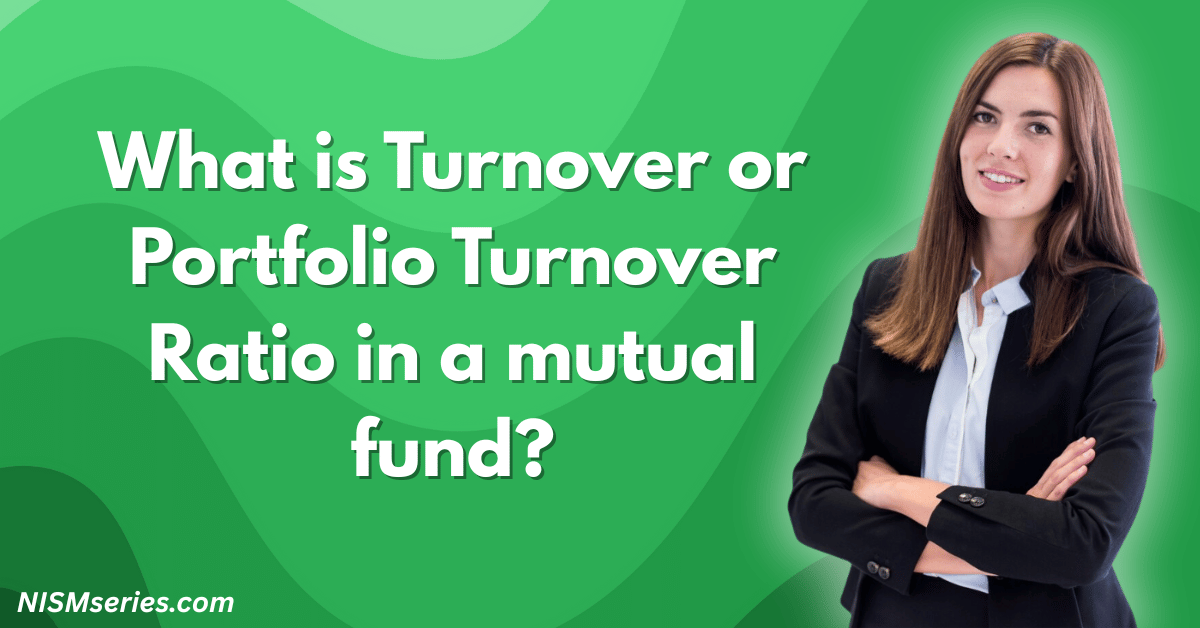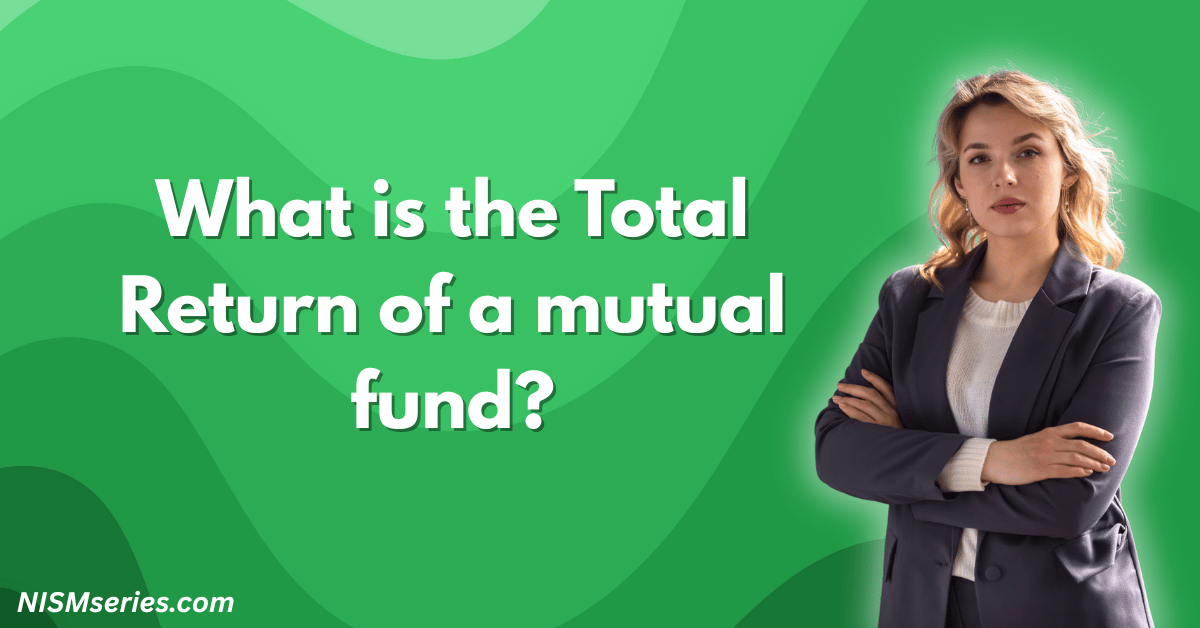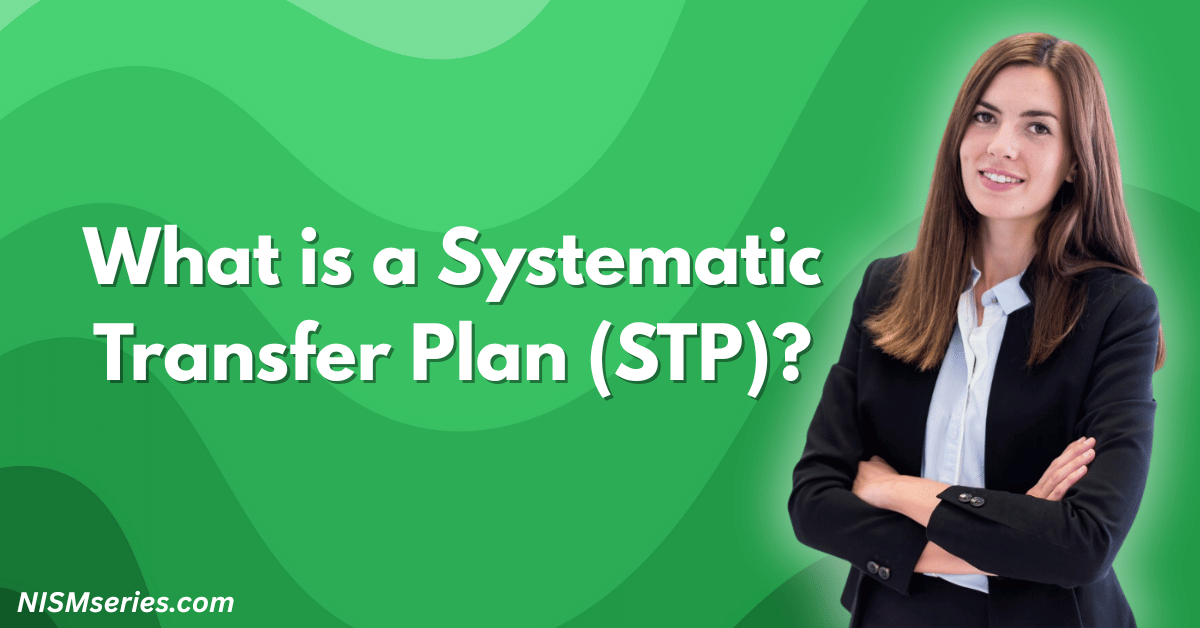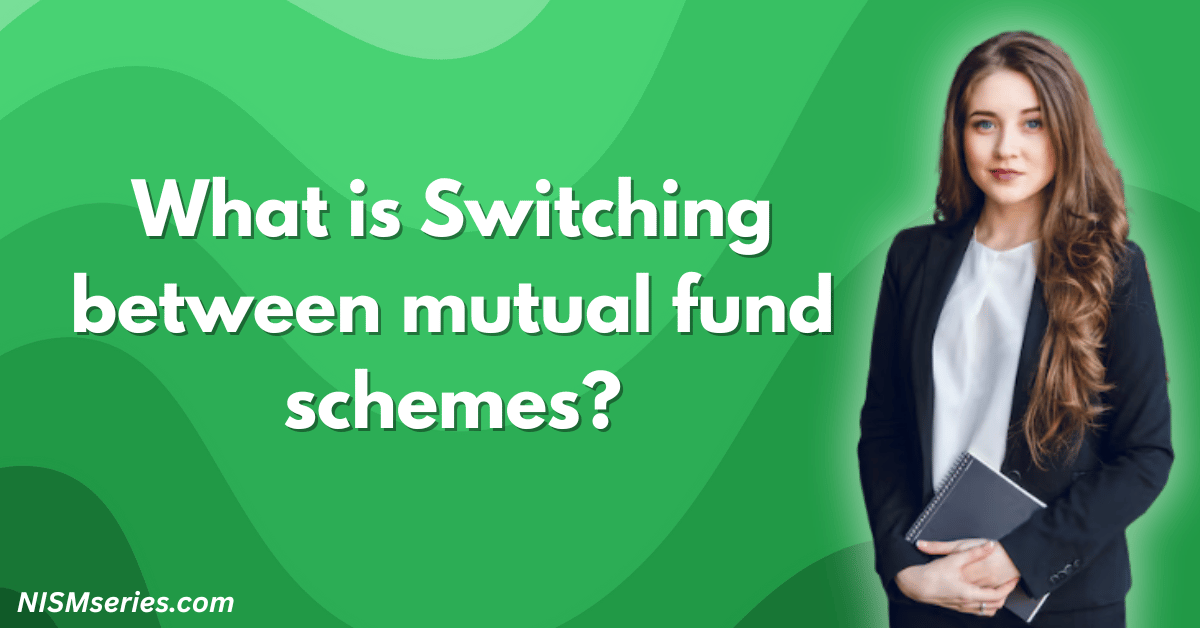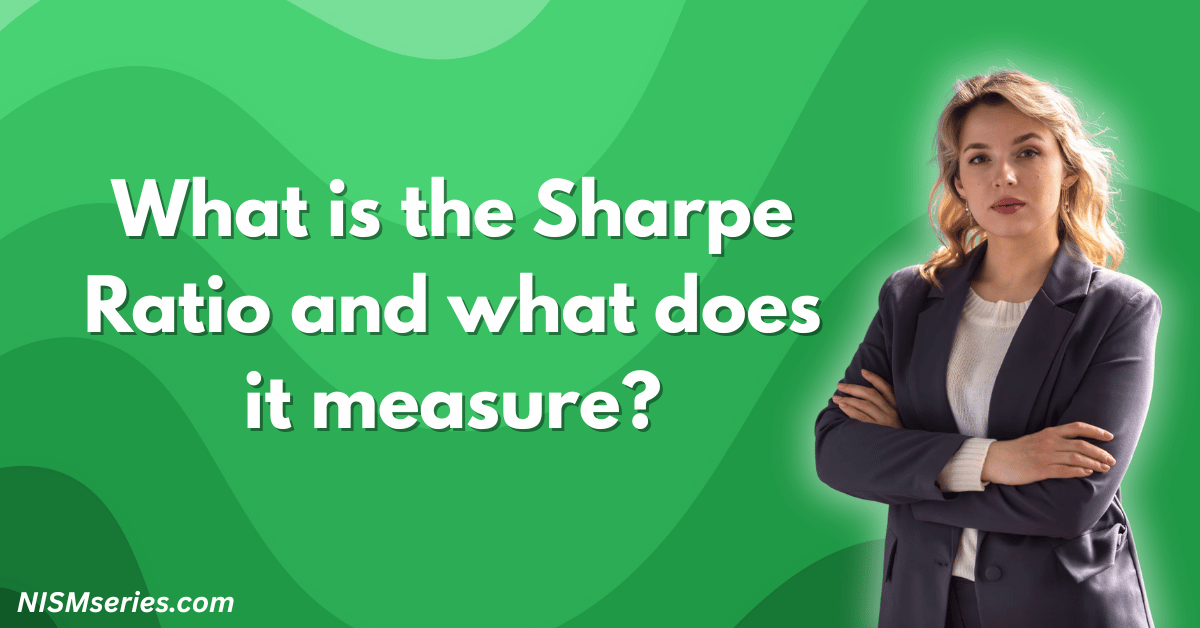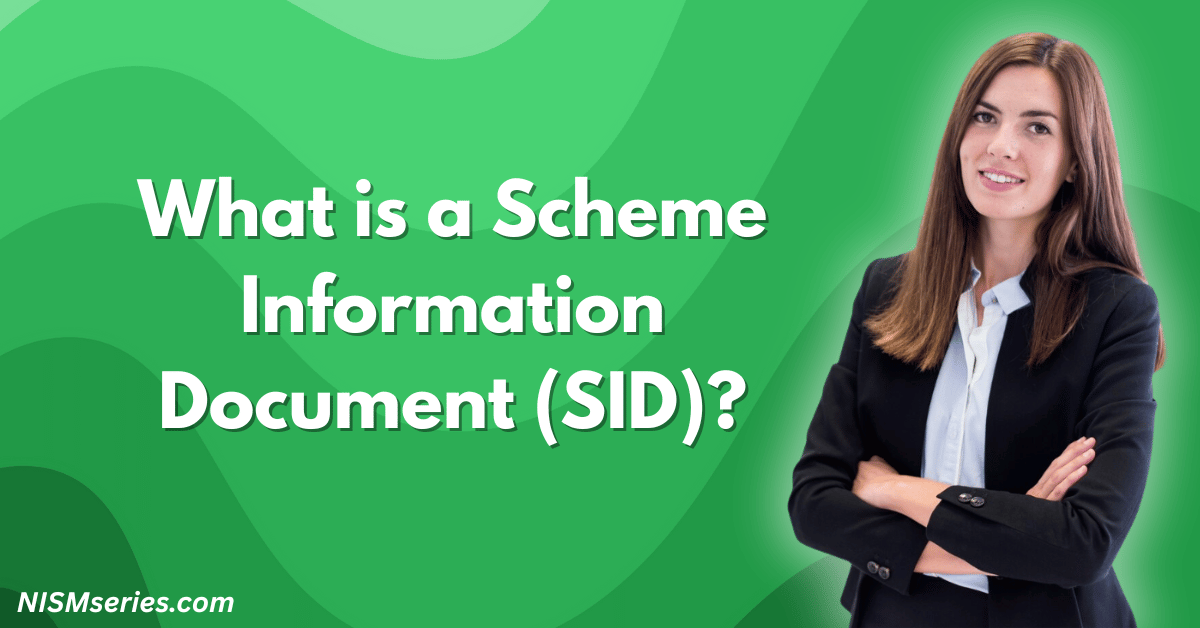Gilt funds are safe debt investments. They are best for careful investors who want steady income. These funds invest in government bonds, which are promises from the government to pay back money. Gilt funds must invest 80% of their money in government securities (G-Secs). The name “gilt” means “as good as gold” because the bonds are very safe. A market regulator enforces this 80% rule, which ensures gilt funds are always safe.
Table of Contents
Understanding Gilt Funds and Government Securities
Gilt Funds Investment in Government Securities
Government securities are the main part of a gilt fund. When you invest, you lend money to the government. This is the safest way to invest.
Central Government Securities (G-Secs)
The central government sells treasury bills for short loans and bonds for long loans. The central bank sells these for the government. The government uses this money for big projects. These bonds have full government backing. There is zero risk of not getting paid back. It is the safest investment.
State Development Loans (SDLs)
State governments sell bonds called State Development Loans (SDLs). They use this money to fund their projects. SDLs usually pay a little more interest. SDLs are a key part of many gilt funds. Some funds hold both state and central government bonds. This is a smart way to get higher returns safely.
How Do Gilt Funds Generate Returns?
Interest Income from Government Bonds
Gilt funds earn money from interest on government bonds. The interest rate is fixed, so you get a steady income. This is the best way to get reliable cash. The fund manager collects and reinvests this interest. This helps your investment grow faster. This system is perfect for long-term investors.
Capital Appreciation During Rate Cycles
Gilt funds also profit when bond prices go up. Bond prices and interest rates are opposites. When interest rates fall, old bonds become more valuable. This gives you a big profit. But when interest rates rise, bond prices fall. You must understand this cycle. Long-term investors always benefit most.
Gilt Funds vs Corporate Bond Funds
Sovereign Backing Advantage
The main difference is safety. Gilt funds have no default risk because the government backs them. Corporate bonds always have risk. A gilt fund is the only way to get a top safety rating. With corporate bonds, you worry about the company. With gilt funds, you avoid that stress.
Zero Credit Risk Profile
Gilt funds have zero credit risk. The government will always pay you back. This makes them best for your money when the economy is bad. With no credit risk, the manager only focuses on interest rate risk. This makes the fund simpler and safer.
Types, Benefits and Risk Factors of Gilt Funds
Types of Gilt Funds Available
Regular Gilt Funds Across Maturities
Regular gilt funds are flexible. The manager can buy government bonds of any length. This freedom lets them make smart moves as interest rates change. The biggest funds are this type.
Gilt Funds with 10-Year Constant Duration
These special gilt funds always hold bonds with a 10-year average length. They are very sensitive to interest rate changes. These funds are only for experts.
Key Benefits of Investing in Gilt Funds
Minimal Credit Risk with Sovereign Guarantee
The government guarantee removes all credit risk. This makes them the safest fixed-income investment. This safety is vital when the economy is weak. For careful investors, gilt funds are the only smart choice.
Portfolio Diversification for Conservative Investors
Gilt funds are the best way to make your portfolio safer. They create balance by moving differently from stocks. They are a must-have for all careful investors.
Steady Income Generation Potential
Regular interest from government bonds creates reliable income. This is perfect for anyone who needs steady cash. It is the most dependable income source you can find.
Interest Rate Risk in Gilt Funds
Impact of Rising Interest Rates on NAV
When interest rates rise, bond prices fall. This is a basic rule. This means the value (NAV) of your gilt fund will drop short-term.
Duration Risk and Price Volatility
Long-term bonds are more sensitive to rate changes. Gilt funds with these bonds have bigger price swings. The manager’s main job is managing this duration risk.
Investment Horizon for Gilt Funds
Medium to Long-Term Investment Strategy
Gilt funds are not for short-term profit. You must invest for 3 to 5 years or more. This gives interest rate cycles time to finish. It is the only way to profit from both income and price gains.
Optimal Holding Period Considerations
Timing is everything. You make the most money when interest rates are falling. The best plan is to invest regularly with a SIP. This reduces timing risk and builds your wealth.
FAQ
Are Gilt Funds Completely Risk-Free Investments?
Gilt funds are not risk-free. They have no credit risk, but they always have interest rate risk. If rates rise, your fund’s value falls. They also have inflation risk.
What Returns Can You Expect from Gilt Funds?
Returns depend on interest rate cycles. Lately, gilt funds returned about 8-9%. But when rates fall, returns can jump to 10-15%.
Who Should Invest in Gilt Funds?
Gilt funds are for careful investors who want no credit risk. You should invest in them if you have a long-term plan and want a safer portfolio.
How Do Interest Rate Changes Affect Gilt Funds?
The rule is simple: they move in opposite ways. When interest rates fall, gilt fund values rise. When interest rates rise, gilt fund values fall.
What is the Minimum Investment Amount in Gilt Funds?
For most gilt funds, you need a small amount for a one-time payment or a monthly SIP. Always check the exact amount for each fund. You must choose a ‘direct plan‘ to pay lower fees and get higher returns.



